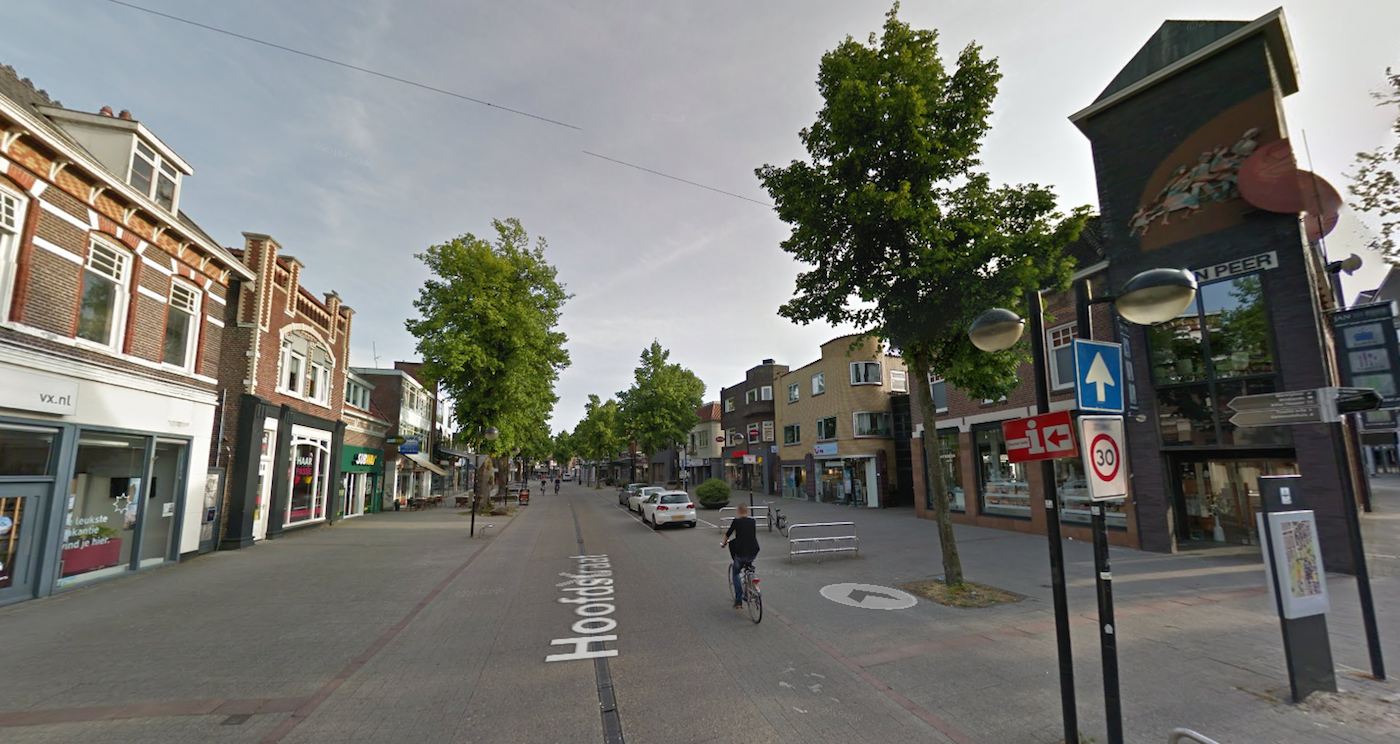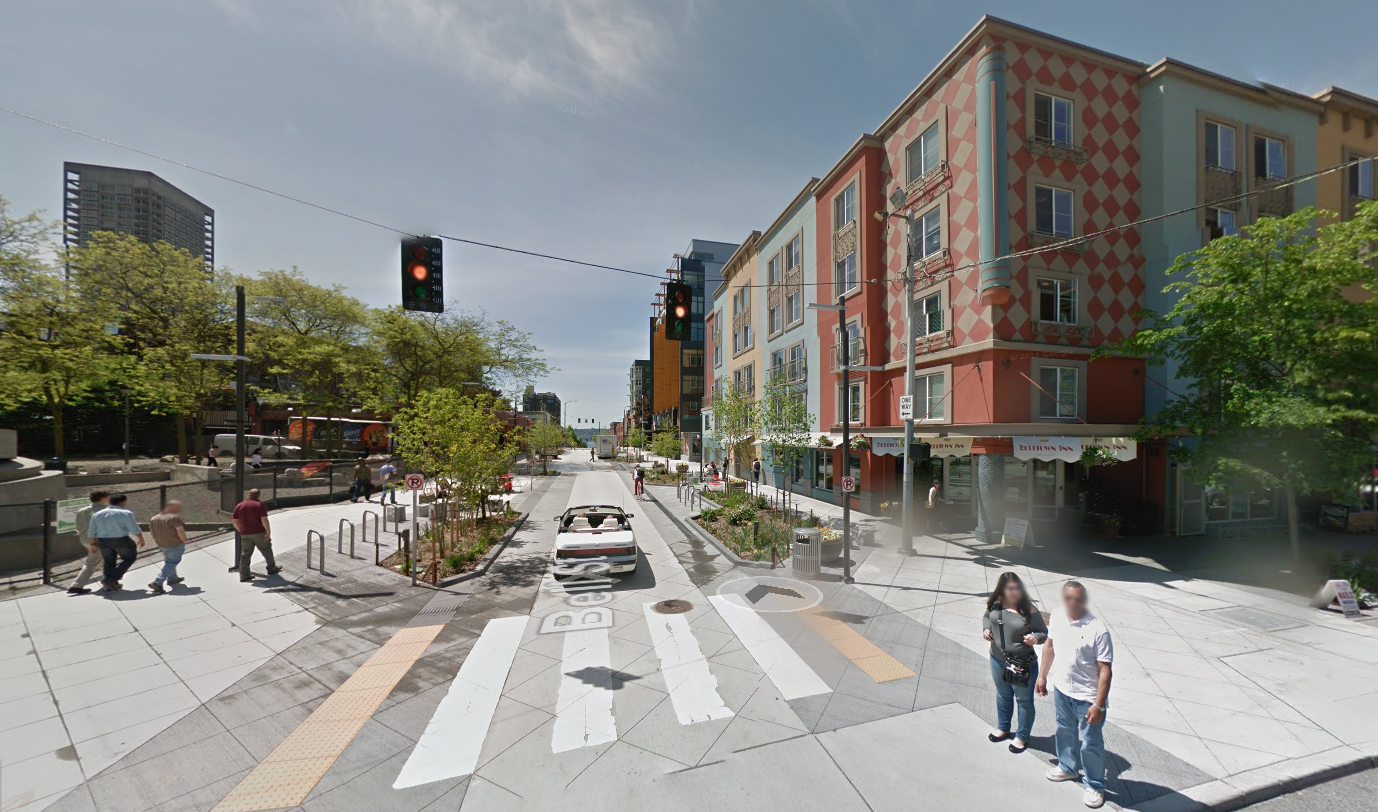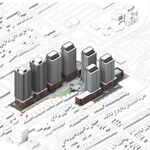From 2015 to 2017, UrbanToronto and its sister publication, SkyriseCities, ran an occasional series of articles under the heading Explainer. Each one took a concept from Urban Planning, Architecture, Construction, or other topics that often wind up in our publications, and presented an in depth look at it. It's time to revisit (and update where necessary) those articles for readers who are unfamiliar with them. While you may already know what some of these terms mean, others may be new to you. We are publishing or updating and republishing Explainer on a weekly basis.
This week's Explainer is a refresh of an original that appeared in 2016.
* * *
As city planners look for more efficient ways to move more people and invigorate streets, the physical landscape is evolving to accommodate an increasing number of modes of transportation, and is de-emphasizing the role of the car in more progressive locales. A concept originating from the Netherlands, a woonerf is a 'living street' where pedestrians take priority.
 Emmen in the Netherlands, image retrieved from Google Street View
Emmen in the Netherlands, image retrieved from Google Street View
Through traffic-calming measures, low speed limits, and the removal of signs, lights, and curbs, users of the street are forced to interact with each other and share the space. The result is a street that minimizes the segregation between pedestrians, cyclists, and motorized traffic.
 Bell Street Park in Seattle, image retrieved from Google Street View
Bell Street Park in Seattle, image retrieved from Google Street View
Perhaps the largest implementation of the Dutch concept can be found in the municipality of Emmen, Netherlands. Nearly the entire street layout was designed according to woonerf principles in the 1970s. The idea has been embraced across Europe, including in the United Kingdom, which generally coins such living streets as "home zones." North American cities have been testing woonerfs as well; Seattle's four-block Bell Street Park has created a more dynamic streetscape, while here in Toronto, implementation is spotty, but does include a woonerf in the West Don Lands that serves the River City condo complex.
 Trolley Crescent in Toronto adopted woonerf principles, image retrieved from Google Street View
Trolley Crescent in Toronto adopted woonerf principles, image retrieved from Google Street View
While woonerfs are not the ideal solution for calming all types of city streets nor for moving large numbers of long-distance commuters, more variations of the concept will be implemented for testing in coming years.
* * *
Do you have other planning terms that you would like to see featured on Explainer? Share your comments and questions in the comments section below!
* * *
Want to read other Explainers? Click on the magenta Explainer box at the top of the page.
* * *
UrbanToronto’s new data research service, UrbanToronto Pro, offers comprehensive information on construction projects in the Greater Toronto Area—from proposal right through to completion stages. In addition, our subscription newsletter, New Development Insider, drops in your mailbox daily to help you track projects through the planning process.

 2.9K
2.9K 










































